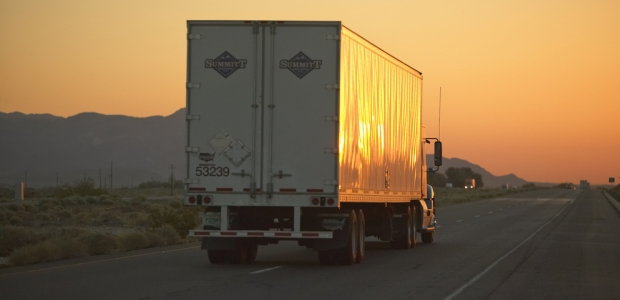
ANSI Wants Stakeholders to Have Input on DOT Guidance
DOT regulates safety of aviation, motor carriers, railroads, motor vehicles, commercial space, transit, and pipeline transportation areas, ANSI notes in a post asking its stakeholders "to submit feedback as an opportunity to demonstrate the value of standards in DoT guidance."
The U.S. Department of Transportation published a notice Feb. 5 saying it is reviewing its existing guidance documents to determine whether they are still necessary and whether they need to be updated or revised. The American National Standards Institute is now encouraging its organizational members and all relevant stakeholders to submit feedback by April 8 to DOT.
One DOT unit, the Federal Motor Carrier Safety Administration (FMCSA), is publishing its own notice, seeking comments on specific actions FMCSA wants to take on its own guidance documents concerning commercial drivers' licenses.
DOT regulates safety of aviation, motor carriers, railroads, motor vehicles, commercial space, transit, and pipeline transportation areas, ANSI notes in a recent post asking its stakeholders "to submit feedback as an opportunity to demonstrate the value of standards in DoT guidance."
DOT's notice asked stakeholders to identify guidance documents that:
- Are no longer necessary
- Spur cost-inducing action by the regulated entitiesAre inconsistent or unclear
- May not be conducive to uniform or consistent enforcement
- Need to be updated to reflect developments, such as technological changes, that have taken place since the guidance was issued
FMCSA is required by the Fixing America's Surface Transportation Act -- known as the FAST Act -- to publish its notice, and the act requires FMCSA to undertake a comprehensive review of its guidance.